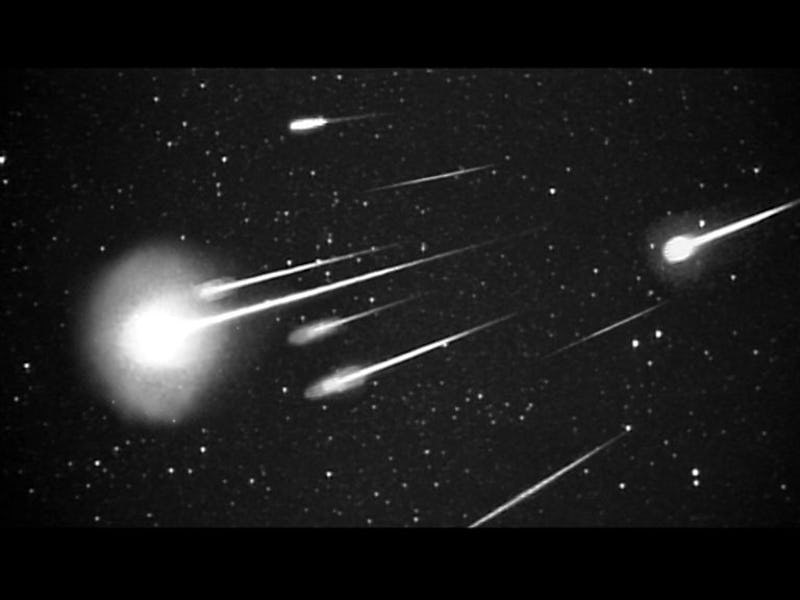You need to watch the mesmerizing Leonid meteor shower before it disappears this week
Fiery streaks will stream across the sky. Here's how to spot them.

CELESTIAL OBJECTS COME AND GO FROM OUR VIEW IN THE NIGHT SKY, as they fling by or orbit around the Sun. Whether it be the Full Moon, a meteor shower, or just the best night to see Mars, we're here to direct your eyes skyward and appreciate the wonders of space from Earth.
This week, we're asking you to marvel at the beauty of the annual Leonid meteor shower, which will peak before dawn on November 17 and send mesmerizing fireballs streaking across the skies.
Gracing the skies every November, the Leonid meteor shower is famous for being bright and colorful. The shower is also known for its speed, with meteors flying across the skies at a speed of 44 miles per second.
The Leonids travel fast through the skies, creating bright and colorful fireballs.
This year, the Leonids will peak on Tuesday, November 17. You can expect to see as many as 10 to 15 meteors per hour lighting up the night sky.
But regardless of the number of meteors, what this shower is really famous for is the brightness and colors of its meteors. The Leonid meteor shower churns out fireballs and Earth-grazer meteors, which are extremely bright meteors.
The Leonids spring from Comet 55P/Tempel-Tuttle, which orbits the Sun every 33 years. The comet was first discovered in 1865, and measures only about 2.24 miles across.
The Leonids are visible in the night sky during November, and this observation was made by the French aeronauts Henri Giffard (1825-1882) and W de Fonvielle during a trip in the balloon 'L'Hirondelle'. From Voyages Aeriens. (Paris, 1870).
Meteor showers are actually the broken off remains that fall from comets and asteroids as they whiz by Earth. These rocky bodies are composed of frozen gas, dust, and other material, some of which dates back to the formation of the Solar System. As these space rocks travel closer to the Sun, the star's powerful gravitational pull can weaken them, breaking them apart as they draw near.
The dust stream forms a kind of train, and the Earth passes through these trains every year as it orbits around the Sun. Some of that dust interacts with Earth's atmosphere and disintegrates — forming the fiery streaks that we observe in the sky and call meteors.
When the meteor shower takes place at the same time that the comet is closest to the Sun, the Leonid meteor shower can produce up to hundreds or thousands of meteors per hour.
That isn't happening this year but you can still see some bright meteors. Because the Moon is waxing, it means the night sky should be dark enough to spot some of these bright streaks. To ensure the best viewing, you should start gazing upwards after midnight, with the peak viewing hours right before sunrise. You don't need to face a certain direction as the Leonids are visible throughout the entire sky.
If you live in a crowded city like New York, it is best to get as high up as possible in order to minimize light pollution. You might want to try to view the Leonids from a balcony or rooftop.
You also want to limit any light coming from screens of electronic devices or flashlights, and allow your eyes to get accustomed to the darkness for around 30 minutes before you look up.